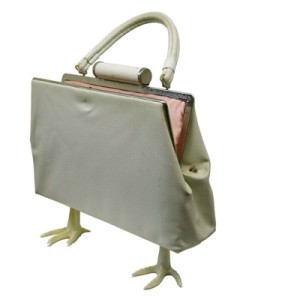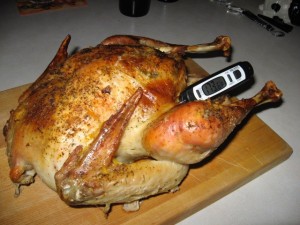The results for the first quarter of testing, from July to September 2015, show a decrease in the number of birds with the highest level of contamination from the same months last year.
 These most heavily contaminated birds are the focus of the current target agreed by industry, which is equivalent to no more than 7% of chickens at retail having the highest levels of contamination. Research has shown that reducing the proportion of birds in this category will have the biggest positive impact on public health.
These most heavily contaminated birds are the focus of the current target agreed by industry, which is equivalent to no more than 7% of chickens at retail having the highest levels of contamination. Research has shown that reducing the proportion of birds in this category will have the biggest positive impact on public health.
The new data shows 15% of chickens tested positive for the highest level of contamination, down from 22% in July to September 2014. Campylobacter was present on 76% of chicken samples, down from 83% in the same months of last year.
The results for the first quarter show:
15% of chickens tested positive for campylobacter within the highest band of contamination*
76% of chickens tested positive for the presence of campylobacter
0.3% of packaging tested positive at the highest band of contamination
6% of packaging tested positive for the presence of campylobacter
*More than 1,000 colony forming units per gram (cfu/g). These units indicate the degree of contamination on each sample.
In this first quarter, 1,032 samples of fresh whole chilled UK-produced chickens and packaging have been tested. The chickens were bought from large UK retail outlets and smaller independent stores and butchers. The new survey commenced sampling in July 2015.
The FSA has been testing chickens for campylobacter since February 2014 and publishing the results as part of its campaign to bring together the whole food chain to tackle the problem. Campylobacter is the most common cause of food poisoning in the UK, making an estimated 280,000 people ill every year.
As with the previous survey, the data shows variations between the retailers. Testing of chickens from Co-op and Waitrose show both retailers have made the most significant reductions in the proportion of the chickens they sell that are most highly-contaminated.
Steve Wearne, Director of Policy at the FSA said: ‘It is good to see that some retailers are getting to grips with campylobacter. However, we want to see all of them pulling together to achieve real and lasting reductions.
‘I am also pleased that we are starting to see retailers and processors being open with consumers about what they are doing to tackle the problem and about the impact their interventions are having on the chickens they are selling.’
But FSA continues to insist chicken is safe as long as consumers follow good kitchen practice:
 Cover and chill raw chicken: Cover raw chicken and store on the bottom shelf of the fridge so juices cannot drip on to other foods and contaminate them with food poisoning bacteria such as campylobacter;
Cover and chill raw chicken: Cover raw chicken and store on the bottom shelf of the fridge so juices cannot drip on to other foods and contaminate them with food poisoning bacteria such as campylobacter;
Don’t wash raw chicken: Cooking will kill any bacteria present, including campylobacter, while washing chicken can spread germs by splashing;
Wash hands and used utensils: Thoroughly wash and clean all utensils, chopping boards and surfaces used to prepare raw chicken. Wash hands thoroughly with soap and warm water, after handling raw chicken. This helps stop the spread of campylobacter by avoiding cross contamination.
Cook chicken thoroughly: Make sure chicken is steaming hot all the way through before serving. Cut in to the thickest part of the meat and check that it is steaming hot with no pink meat and that the juices run clear.
Steaming hot sucks, especially for a science-based agency.
